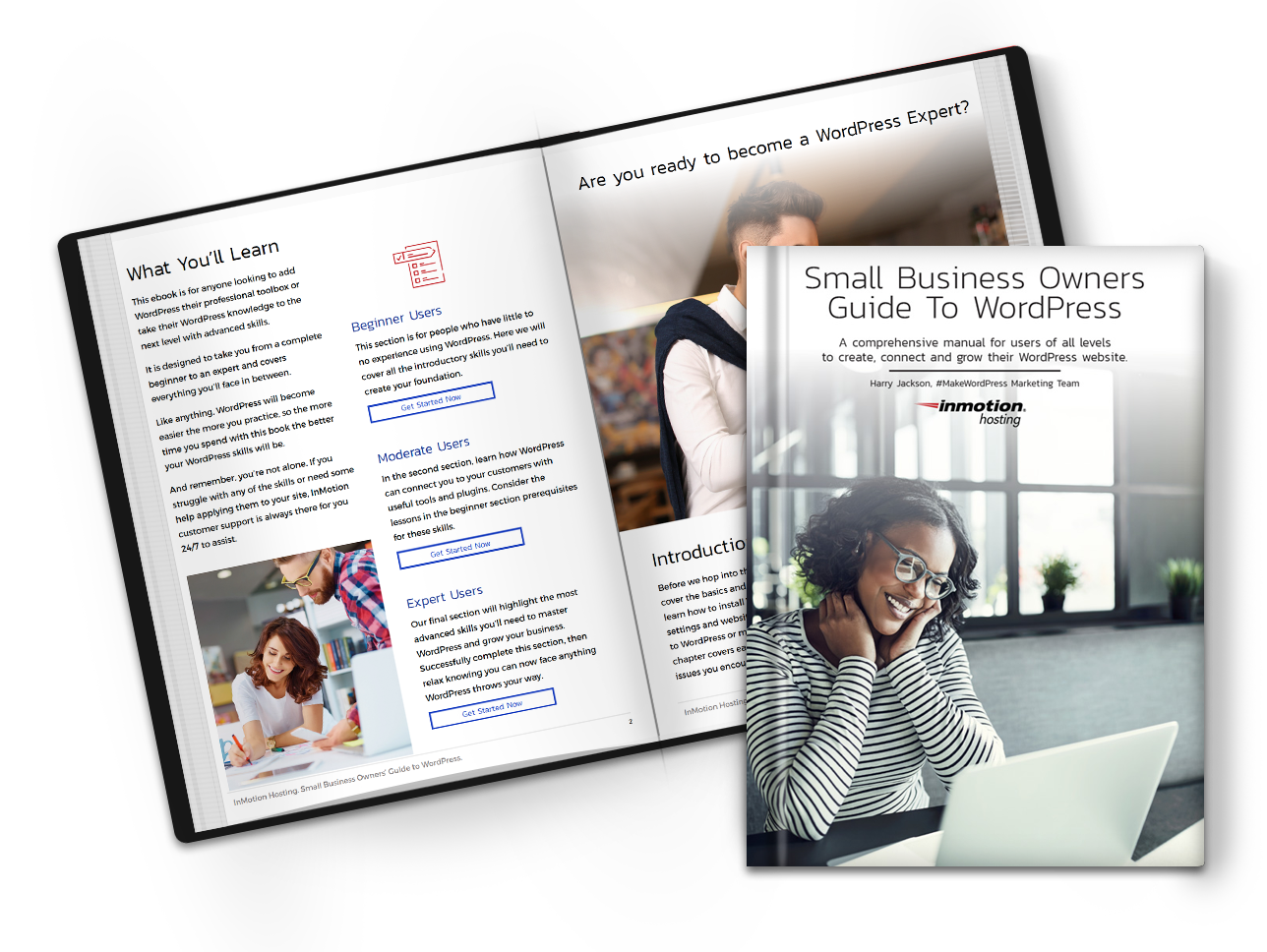
A blogging adventure may take you to all kinds of places and expose your content to a wider audience than you can fathom. But it’s rare for a blog to just blow up overnight. You need to have great content. In order to simplify the blogging journey, it’s best to follow a few simple guidelines. You can think of this as your blog launch checklist:
Your blogging journey begins now.
✅ Think About Your Readers and Be Consistent
An easy mistake to overlook is not thinking about your audience.
- Who will read your posts?
- How often would they like to receive a new post?
- How long should your posts be for your audience?
- What kinds of topics do your readers like to read about?
Not taking these questions into account will greatly diminish the power your content has on your readers. Consider the demographic for your blog. Get a clear idea of who will be reading your content regularly. This might seem difficult to know in advance. But think about it this way: who is the ideal reader for what you’re offering? You can’t look into the future and know exactly who will be reading your stuff, but you can get at least get a rough idea of where you should aim your content.
You might be thinking: I’ll cast a wide net and catch a lot of different readers by covering a diverse range of topics. This might seem to simplify the problem at first, but it’s a losing strategy. Return readers expect some consistency. If you’re writing about movies one week and then about recipes the other week, you might confuse your readers. Unless you’re a website that creates recipes based on movies, this hybrid style will surely send most readers running.
Likewise, consistency matters in publication as well. If you’re publishing a new post every day and then suddenly disappear for a month or two, both human readers and search engines will have trouble following you and understanding what your site is all about and what you’re offering.
You may find, after a few months of blogging, that new data is coming in about your audience. This might surprise you, and you may want to change course to satisfy your growing audience. Course-corrections can be a good thing if they are based on solid data. Make sure you are considering the consequences before making any drastic changes.
✅ Pick Out a Great Domain
When you purchase an InMotion Hosting plan, you get a free domain name. So what will it be? Here’s where you can get creative and have some fun. But, you also want to be strategic.
Here are some things to shoot for in a great domain name:
- Easy to remember
- Reflective of your content
- Difficult to ignore
- Unique on the web
It’s very difficult to get all of the above, but you should try to get at least two of those attributes in your domain name.
✅ Plan Out a Batch Of Content
One of the worst things that can happen to a beginner blogger is running out of steam right when things get interesting. If you just start writing and publishing you’ll be running off of the excitement and enthusiasm of starting a new venture. But this fun wears off as you go. Soon, you’ll hit a plateau. You will have run out of content ideas and feel the pressure of getting something out soon.
It’s best to be prepared for this difficult period by creating a batch of content ideas in advance. And don’t publish them until you have at least ten or fifteen solid pieces of writing completed. (Below, we’ll learn how to schedule out the content to save you time and energy.)
✅ Make a Schedule
Once you have your batch of content, it’s time to start scheduling it out. Remember that you can start writing right away. But you don’t want to start publishing haphazardly. For example, right after you finish a post, you don’t want to hit Publish right away.
Remember your audience. What days, and at what times, are best for them? When do they like to read? Try to publish new content on a schedule that works best for readers.
There are many different ways to create a content calendar. It can be as simple as a spreadsheet. The most important part about having a calendar is simply having one at all.
At this point, pretend you don’t have a Publish button in your WordPress dashboard. Rather, use the Schedule button. Under the document tab in your WordPress editor (on the right), you’ll notice you can select a date and time. Configure your time settings for a date in the future and the Publish button becomes a Schedule button. Hit that Schedule button and your post will go live on the selected future date.
✅ Get WordPress Hosting
A few years ago, we might have been able to make a solid argument for auditioning different content management systems (CMSs), but the times have changed. Now, if you’re going to be managing a blog, it doesn’t make much sense to use anything but WordPress.
WordPress is, by far, the best and most user-friendly web platform. It offers you a quick and easy set of tools to get you started and can be customized more to your needs as your future goals may demand. Basically, you’re safe with WordPress and you can trust the platform with your valuable content.
Because WordPress is so popular, many hosting companies, including InMotion Hosting, have developed special hosting packages designed from scratch to serve WordPress sites as fast as possible. These WordPress hosting plans are no more expensive than standard shared hosting packages, but come with technology handpicked to make your WordPress site better.
